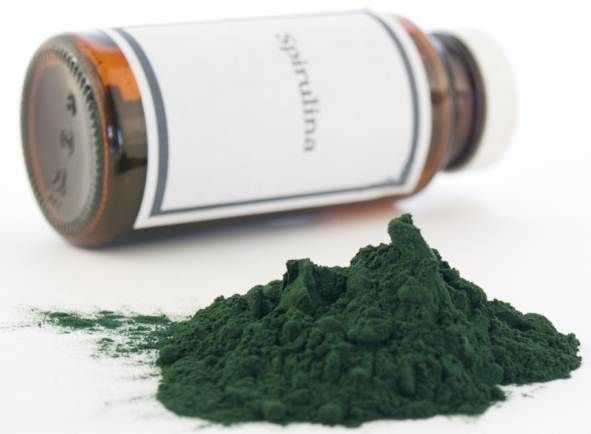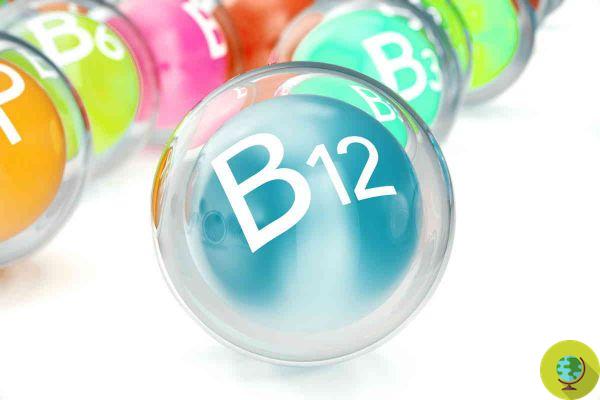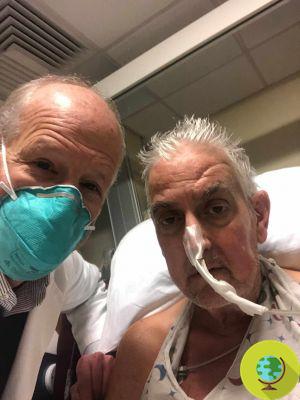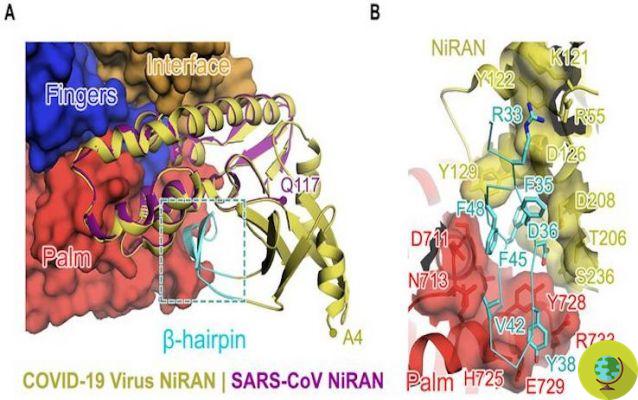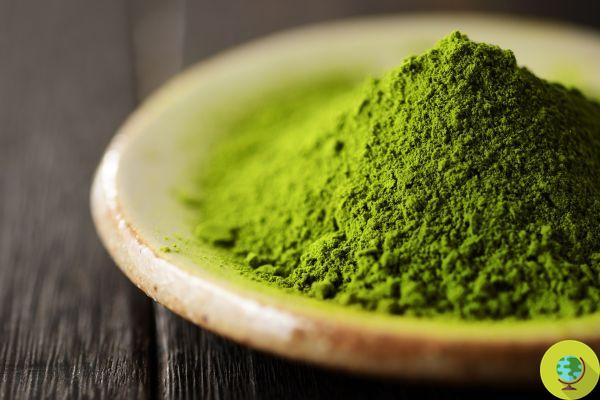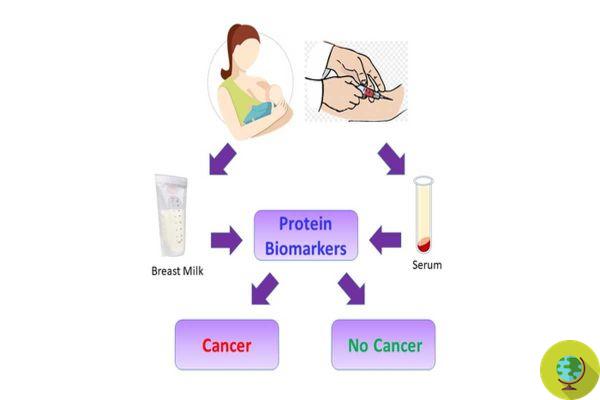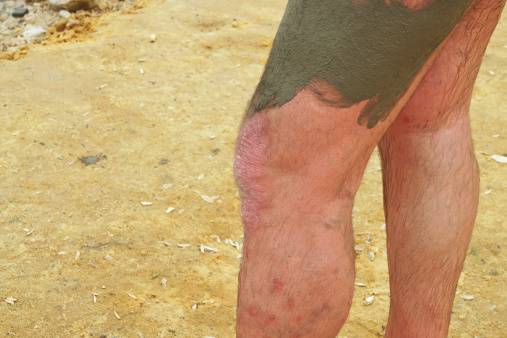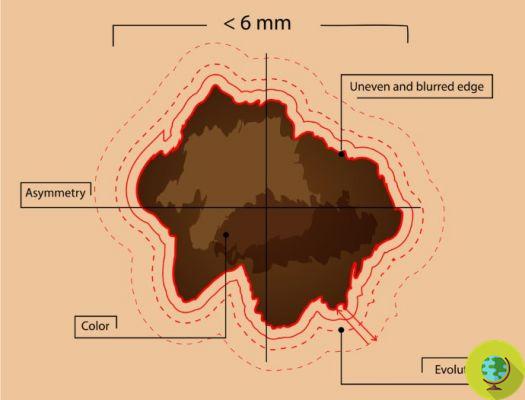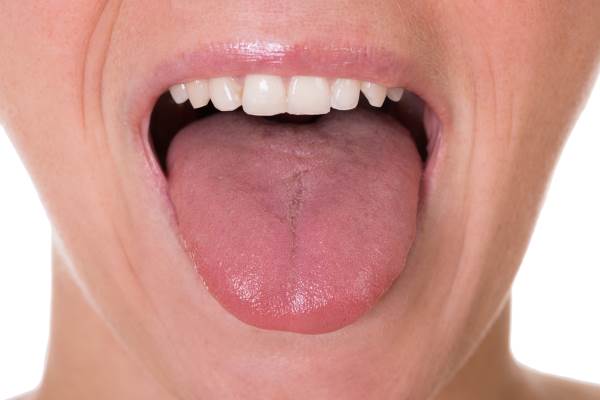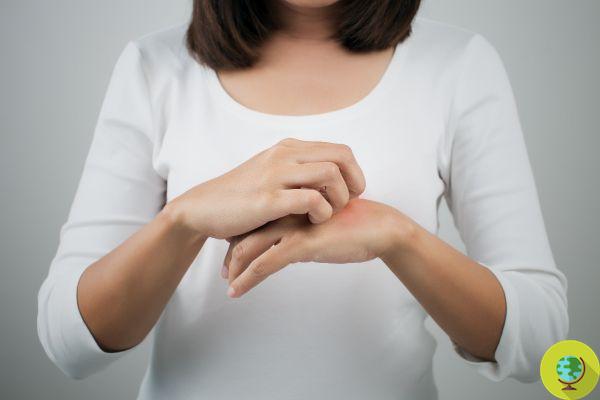
Lymphoma is a slow and silent type of cancer. Let's see the 10 symptoms and signs to watch out for
Don't store avocado like this: it's dangerousLymphoma is a slow and silent type of cancer. Let's see the 10 symptoms and signs to watch out for
Many types of cancer they cause no noticeable symptoms, at least not in the early stages. This is often the case with people with Lymphoma, provided they have the low-grade variety, i.e. the slow-growing one.
Low-grade lymphoma, a cancer of the lymphatic system, also sometimes causes problems; in fact, according to Cedars-Sinai it can progress, becoming a type of more aggressive lymphoma within 5-10 years. At that point, symptoms are much more likely to become noticeable or increasingly bothersome.
I lymphoma symptoms they can vary from person to person, so not everyone has the same problems; but you need to know that many symptoms associated with the disease may be vague, or caused by different and unrelated disorders with lymphoma.
Index
Swollen lymph nodes
Lymphoma primarily affects lymphocytes. According to the Cleveland Clinic it is a special type of white blood cells produced in the bone marrow and in the lymph nodes. Lymphocytes are found primarily in the lymph nodes, including those that reside in the neck, groin, and armpit.
When healthy people get an infection, the lymph glands recruit more immune cells to help them fight the invader; that's why they might swell. In people with lymphoma, however, the lymph nodes can become enlarged because they are full of cancerous cells. Lymph nodes that swell from lymphoma are usually not as painful as when you have an infection, so you often don't realize you have the disease.
Fever and / or chills
Fever is another sign that the immune system is activating; this mechanism can start because you have contracted an infection that the body needs to fight, or it can be triggered by a cancer such as lymphoma. If you have a fever for no apparent reason, be sure to tell your doctor so he can investigate and determine the root cause.
Night sweats
You may wake up drenched for a variety of reasons, such as i hormonal changes related to menopause or an autoimmune disease. But some lymphoma patients have also experience night sweats, caused by fever during sleep or problems regulating their body temperature.
Loss of appetite
Lose your appetite or get satiated very quickly is another possible sign of lymphoma. Some patients also feel nauseous, vomit, or develop abdominal pain. The reason, according to theAmerican Cancer Society, is related to the spleen: if it is enlarged with cancerous lymphocytes, it can press on the stomach and create discomfort.
Persistent fatigue
Feeling very tired all the time is another possible symptom of lymphoma, even if it is a very vague sign because chronic fatigue could have many other causes. For people with lymphoma, the Lymphoma Research Foundation notes that exhaustion often results fromanemia or from lack of red blood cells which carry oxygen throughout the body. Because patients with lymphoma produce excess cancerous lymphocytes, there is less room in the bone marrow to make other healthy cells, including red blood cells.
Bruising or bleeding
This is another problem related to lack of healthy cell production. Second Lymphoma Action this symptom occurs because people with lymphoma may not produce enough platelets, which help blood to clot.
Cough, chest pressure or shortness of breath
Sometimes lymphomas start in the thymus gland, another part of the immune system found in the chest. As reported by theAmerican Cancer Society if this gland or other lymph nodes in the chest swell, they could press on the windpipe and lead to cough, chest pain, or chest pressure.
Unexplained weight loss
If you notice weight loss for no apparent reason and, above all, without making any changes to your diet, something is wrong. The American Cancer Society explains that this sometimes happens because the cancer cells, which grow much faster than normal cells, consume more energy (calories) than healthy cells.
Itchy skin
La dry skin and allergies they often itch, so there is usually nothing to be alarmed about. But if you have unusual itching, especially in the hands, legs, or feet, it could be related to lymphoma. According to Moffitt Cancer Center, some people with lymphoma may also develop avisible rash.
Experts think the relentless itching is due to the release of chemicals (cytokines) by the immune system which can irritate the nerve endings in the skin.
Jaundice
It is a condition that affects the skin which, due to jaundice, takes on a yellowish color. It can occur in newborns, but then it clears up quickly and there is nothing to worry about; while, in patients with lymphoma it can occur due to a excess production of bilirubin or a defect in the activity of the liver.
Diagnosis
In the presence of symptoms that may suggest lymphoma, "it is essential to contact the doctor who, after a series of questions to know the personal and family medical history, will also perform a thorough examination to check for the presence of typical signs of the disease and if he will deem it appropriate and will prescribe in-depth examinations. The biopsy of the lymph nodes, ie the sampling of tissue from the lymph nodes which will be subsequently analyzed under a microscope, is the fundamental examination to arrive at a precise diagnosis of LNH ”, explains Airc.
Follow us on Telegram | Instagram | Facebook | TikTok | Youtube
Could it be interesting for you:
- Discovered the vital role of this type of white blood cell in the battle against cancer metastases
- Cancer: approved the all-round drug that will be effective against various types of cancer without serious side effects
- Breast cancer: discovered cure with fewer side effects than chemo, the study
- Liver cancer: common symptoms not to be underestimated that can be a warning sign
- 14 telltale signs and symptoms of cancer - here's what to look out for, according to the AIRC
- Colon cancer: the side effect of antibiotics on the gut just confirmed
- Prostate cancer and pesticides: ANSES scientific report confirms the correlation, especially with chlordecone





